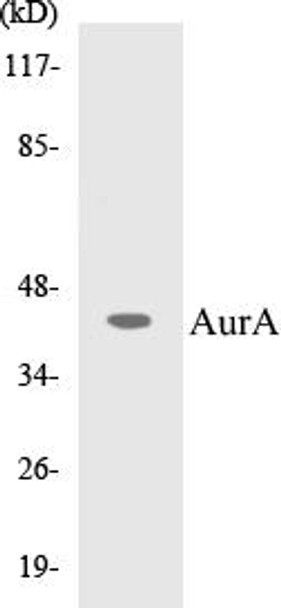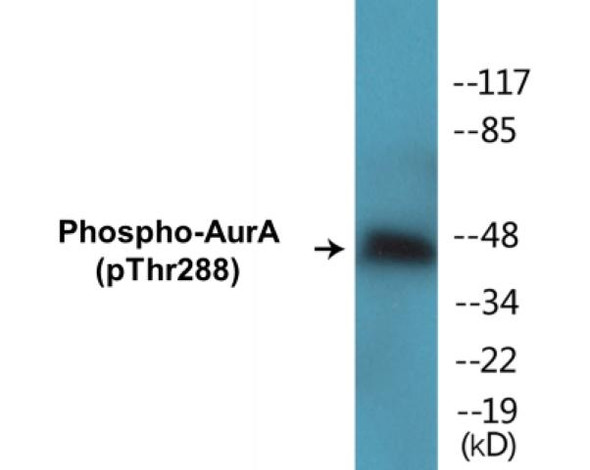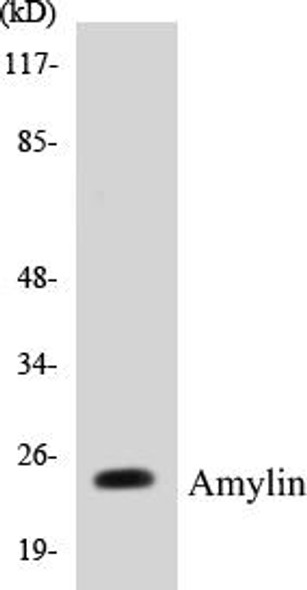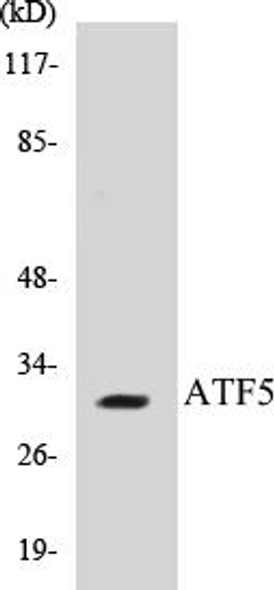Description
AurA Colorimetric Cell-Based ELISA Kit
The Aura Colorimetric Cell-Based ELISA Kit is a cutting-edge tool designed for the precise measurement of cellular response in various biological samples. This innovative kit offers high sensitivity and specificity, guaranteeing accurate and reproducible results for a wide range of research applications.With the ability to detect changes in cell viability, proliferation, and apoptosis, the Aura Colorimetric Cell-Based ELISA Kit is an invaluable resource for studying cellular behavior and response to various stimuli.
Whether investigating drug efficacy, toxicity screening, or cell signaling pathways, this kit provides researchers with a powerful tool to advance their understanding of cellular mechanisms.By utilizing the latest technological advancements in cell-based assays, the Aura Colorimetric Cell-Based ELISA Kit offers unmatched performance and reliability. Empower your research with this advanced kit and unlock new insights into cellular biology and function.
| Product Name: | AurA Colorimetric Cell-Based ELISA |
| Product Code: | CBCAB00538 |
| ELISA Type: | Cell-Based |
| Target: | AurA |
| Reactivity: | Human, Mouse, Rat |
| Dynamic Range: | > 5000 Cells |
| Detection Method: | Colorimetric 450 nmStorage/Stability:4°C/6 Months |
| Format: | 96-Well Microplate |
The AurA Colorimetric Cell-Based ELISA Kit is a convenient, lysate-free, high throughput and sensitive assay kit that can detect AurA protein expression profile in cells. The kit can be used for measuring the relative amounts of AurA in cultured cells as well as screening for the effects that various treatments, inhibitors (ie siRNA or chemicals), or activators have on AurA.
Qualitative determination of AurA concentration is achieved by an indirect ELISA format. In essence, AurA is captured by AurA-specific primary antibodies while the HRP-conjugated secondary antibodies bind the Fc region of the primary antibody. Through this binding, the HRP enzyme conjugated to the secondary antibody can catalyze a colorimetric reaction upon substrate addition. Due to the qualitative nature of the Cell-Based ELISA, multiple normalization methods are needed:
| 1. | A monoclonal antibody specific for human GAPDH is included to serve as an internal positive control in normalizing the target absorbance values. |
| 2. | Following the colorimetric measurement of HRP activity via substrate addition, the Crystal Violet whole-cell staining method may be used to determine cell density. After staining, the results can be analysed by normalizing the absorbance values to cell amounts, by which the plating difference can be adjusted. |
| Database Information: | Gene ID: 6790, UniProt ID: O14965, OMIM: 603072, Unigene: Hs.250822 |
| Gene Symbol: | AURKA |
| Sub Type: | None |
| UniProt Protein Function: | AurA: a member of the AUR family of kinases. A cell cycle-regulated serine/threonine protein kinase that is overexpressed in many tumor cell lines. Regulated by phosphorylation-dependent proteasomal degradation. Localized to mitotic centrosomes and spindle microtubules and is required for centrosome maturation. Loss of Aurora A leads to defective mitotic spindles and gross errors in chromosome segregation. Required for centrosome duplication and chromosome segregation. Overexpression in culture drives transformation and aneuploidy, and negatively regulates p53. Amplified or overexpressed in many tumors or cell lines. Found as a skin tumor susceptibility gene in mouse, and a human SNP in a degradation domain is weakly cancer-associated and undergoes allele-specific amplification. Inhibitors: VX-680, ZM447439, Hesperadin, SNS-595. |
| UniProt Protein Details: | Protein type:Protein kinase, Other; Protein kinase, Ser/Thr (non-receptor); EC 2.7.11.1; Oncoprotein; Kinase, protein; Other group; AUR family Chromosomal Location of Human Ortholog: 20q13 Cellular Component: microtubule cytoskeleton; germinal vesicle; axon hillock; centrosome; pronucleus; spindle microtubule; perinuclear region of cytoplasm; spindle; midbody; spindle midzone; spindle pole centrosome; cytosol; nucleus; condensed nuclear chromosome, pericentric region Molecular Function:protein serine/threonine kinase activity; protein binding; ubiquitin protein ligase binding; protein serine/threonine/tyrosine kinase activity; histone serine kinase activity; protein kinase binding; ATP binding; protein kinase activity Biological Process: spindle stabilization; mitosis; regulation of centrosome cycle; positive regulation of mitosis; protein amino acid autophosphorylation; regulation of protein stability; regulation of cytokinesis; protein amino acid phosphorylation; mitotic centrosome separation; mitotic spindle organization and biogenesis; centrosome localization; anaphase-promoting complex-dependent proteasomal ubiquitin-dependent protein catabolic process; cell division; positive regulation of proteasomal ubiquitin-dependent protein catabolic process; mitotic cell cycle; G2/M transition of mitotic cell cycle; negative regulation of protein binding; spindle assembly involved in female meiosis I; negative regulation of apoptosis; anterior/posterior axis specification Disease: Colorectal Cancer |
| NCBI Summary: | The protein encoded by this gene is a cell cycle-regulated kinase that appears to be involved in microtubule formation and/or stabilization at the spindle pole during chromosome segregation. The encoded protein is found at the centrosome in interphase cells and at the spindle poles in mitosis. This gene may play a role in tumor development and progression. A processed pseudogene of this gene has been found on chromosome 1, and an unprocessed pseudogene has been found on chromosome 10. Multiple transcript variants encoding the same protein have been found for this gene. [provided by RefSeq, Jul 2008] |
| UniProt Code: | O14965 |
| NCBI GenInfo Identifier: | 27923855 |
| NCBI Gene ID: | 6790 |
| NCBI Accession: | O14965.2 |
| UniProt Secondary Accession: | O14965,O60445, O75873, Q9BQD6, Q9UPG5, E1P5F9, |
| UniProt Related Accession: | O14965 |
| Molecular Weight: | 403 |
| NCBI Full Name: | Aurora kinase A |
| NCBI Synonym Full Names: | aurora kinase A |
| NCBI Official Symbol: | AURKA |
| NCBI Official Synonym Symbols: | AIK; ARK1; AURA; BTAK; STK6; STK7; STK15; AURORA2; PPP1R47 |
| NCBI Protein Information: | aurora kinase A; ARK-1; hARK1; aurora 2; Aurora-A kinase; IPL1-related kinase; aurora-related kinase 1; aurora/IPL1-like kinase; serine/threonine kinase 6; aurora/IPL1-related kinase 1; breast tumor-amplified kinase; breast-tumor-amplified kinase; serine/threonine-protein kinase 6; serine/threonine protein kinase 15; serine/threonine-protein kinase 15; serine/threonine-protein kinase aurora-A; protein phosphatase 1, regulatory subunit 47 |
| UniProt Protein Name: | Aurora kinase A |
| UniProt Synonym Protein Names: | Aurora 2; Aurora/IPL1-related kinase 1; ARK-1; Aurora-related kinase 1; hARK1; Breast tumor-amplified kinase; Serine/threonine-protein kinase 15; Serine/threonine-protein kinase 6; Serine/threonine-protein kinase aurora-A |
| Protein Family: | Aurora kinase |
| UniProt Gene Name: | AURKA |
| UniProt Entry Name: | AURKA_HUMAN |
| Component | Quantity |
| 96-Well Cell Culture Clear-Bottom Microplate | 2 plates |
| 10X TBS | 24 mL |
| Quenching Buffer | 24 mL |
| Blocking Buffer | 50 mL |
| 15X Wash Buffer | 50 mL |
| Primary Antibody Diluent | 12 mL |
| 100x Anti-Phospho Target Antibody | 60 µL |
| 100x Anti-Target Antibody | 60 µL |
| Anti-GAPDH Antibody | 60 µL |
| HRP-Conjugated Anti-Rabbit IgG Antibody | 12 mL |
| HRP-Conjugated Anti-Mouse IgG Antibody | 12 mL |
| SDS Solution | 12 mL |
| Stop Solution | 24 mL |
| Ready-to-Use Substrate | 12 mL |
| Crystal Violet Solution | 12 mL |
| Adhesive Plate Seals | 2 seals |
The following materials and/or equipment are NOT provided in this kit but are necessary to successfully conduct the experiment:
- Microplate reader able to measure absorbance at 450 nm and/or 595 nm for Crystal Violet Cell Staining (Optional)
- Micropipettes with capability of measuring volumes ranging from 1 µL to 1 ml
- 37% formaldehyde (Sigma Cat# F-8775) or formaldehyde from other sources
- Squirt bottle, manifold dispenser, multichannel pipette reservoir or automated microplate washer
- Graph paper or computer software capable of generating or displaying logarithmic functions
- Absorbent papers or vacuum aspirator
- Test tubes or microfuge tubes capable of storing ≥1 ml
- Poly-L-Lysine (Sigma Cat# P4832 for suspension cells)
- Orbital shaker (optional)
- Deionized or sterile water
*Note: Protocols are specific to each batch/lot. For the correct instructions please follow the protocol included in your kit.
| Step | Procedure |
| 1. | Seed 200 µL of 20,000 adherent cells in culture medium in each well of a 96-well plate. The plates included in the kit are sterile and treated for cell culture. For suspension cells and loosely attached cells, coat the plates with 100 µL of 10 µg/ml Poly-L-Lysine (not included) to each well of a 96-well plate for 30 minutes at 37°C prior to adding cells. |
| 2. | Incubate the cells for overnight at 37°C, 5% CO2. |
| 3. | Treat the cells as desired. |
| 4. | Remove the cell culture medium and rinse with 200 µL of 1x TBS, twice. |
| 5. | Fix the cells by incubating with 100 µL of Fixing Solution for 20 minutes at room temperature. The 4% formaldehyde is used for adherent cells and 8% formaldehyde is used for suspension cells and loosely attached cells. |
| 6. | Remove the Fixing Solution and wash the plate 3 times with 200 µL 1x Wash Buffer for five minutes each time with gentle shaking on the orbital shaker. The plate can be stored at 4°C for a week. |
| 7. | Add 100 µL of Quenching Buffer and incubate for 20 minutes at room temperature. |
| 8. | Wash the plate 3 times with 1x Wash Buffer for 5 minutes each time. |
| 9. | Add 200 µL of Blocking Buffer and incubate for 1 hour at room temperature. |
| 10. | Wash 3 times with 200 µL of 1x Wash Buffer for 5 minutes each time. |
| 11. | Add 50 µL of 1x primary antibodies (Anti-AurA Antibody and/or Anti-GAPDH Antibody) to the corresponding wells, cover with Parafilm and incubate for 16 hours (overnight) at 4°C. If the target expression is known to be high, incubate for 2 hours at room temperature. |
| 12. | Wash 3 times with 200 µL of 1x Wash Buffer for 5 minutes each time. |
| 13. | Add 50 µL of 1x secondary antibodies (HRP-Conjugated AntiRabbit IgG Antibody or HRP-Conjugated Anti-Mouse IgG Antibody) to corresponding wells and incubate for 1.5 hours at room temperature. |
| 14. | Wash 3 times with 200 µL of 1x Wash Buffer for 5 minutes each time. |
| 15. | Add 50 µL of Ready-to-Use Substrate to each well and incubate for 30 minutes at room temperature in the dark. |
| 16. | Add 50 µL of Stop Solution to each well and read OD at 450 nm immediately using the microplate reader. |
(Additional Crystal Violet staining may be performed if desired – details of this may be found in the kit technical manual.)






